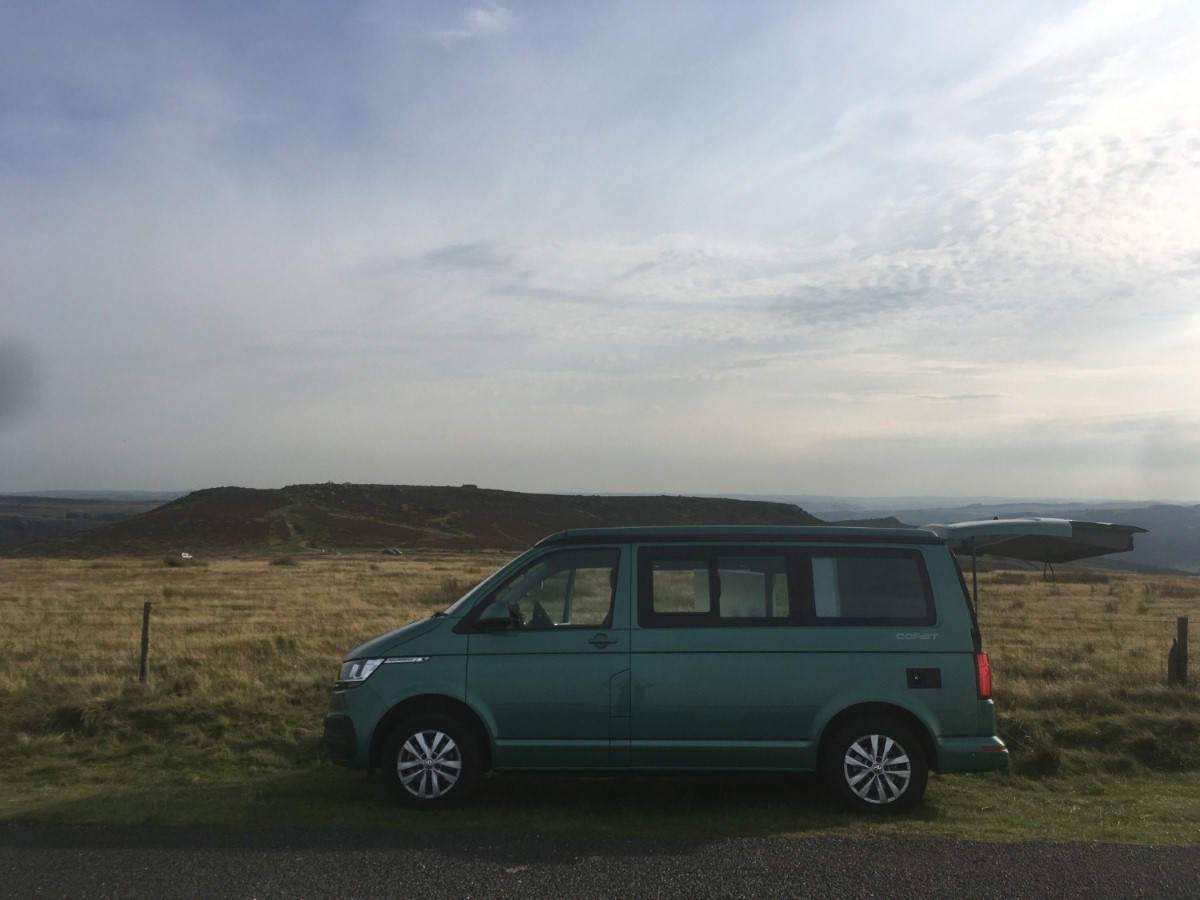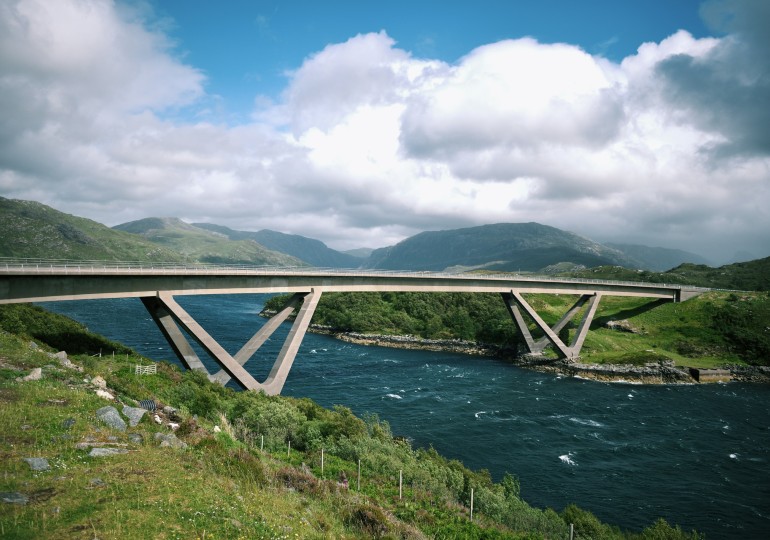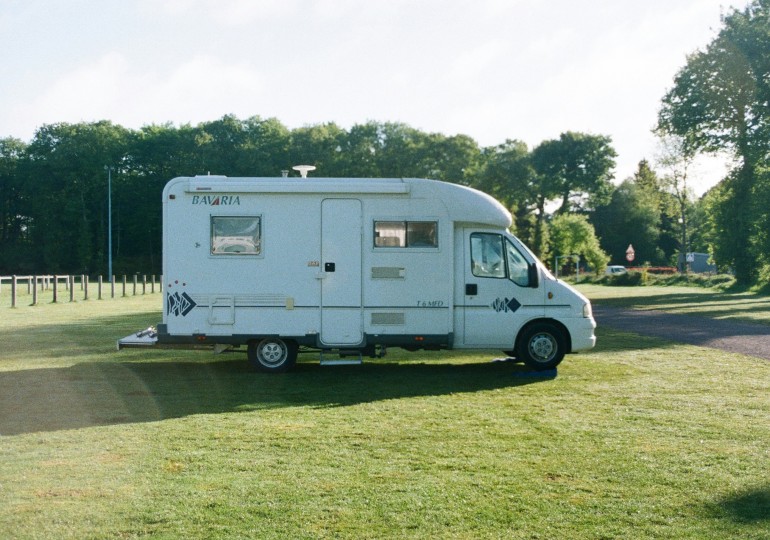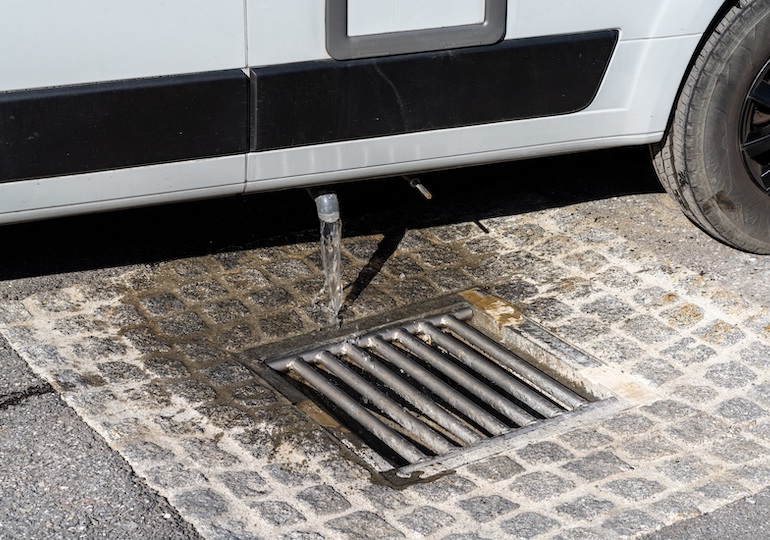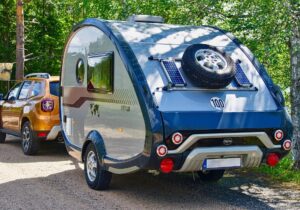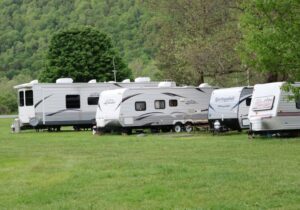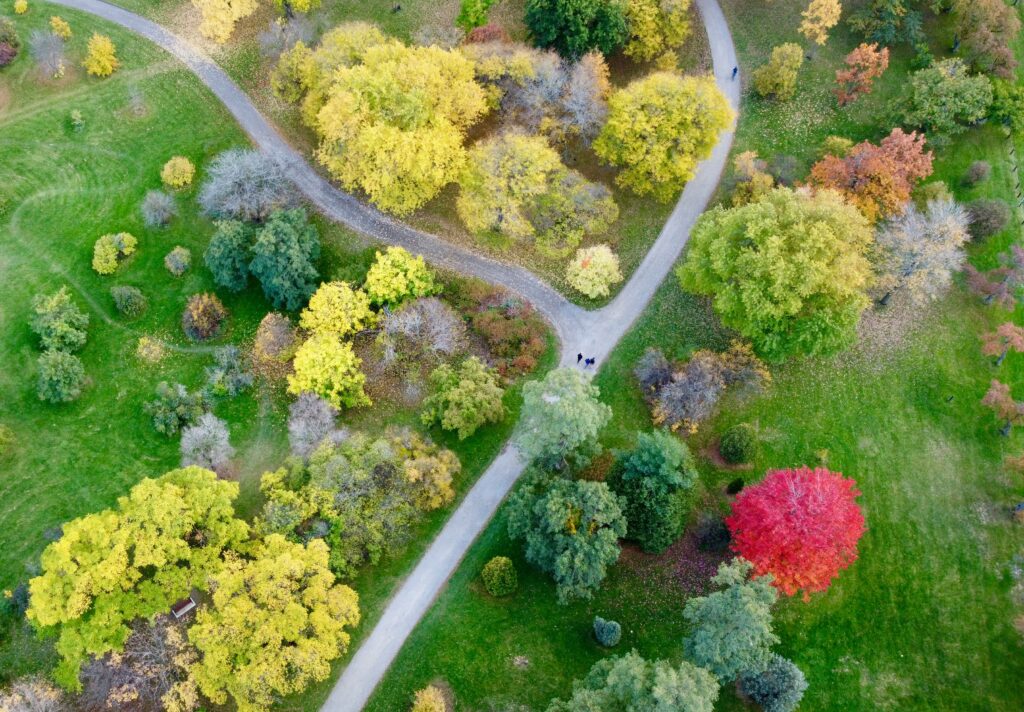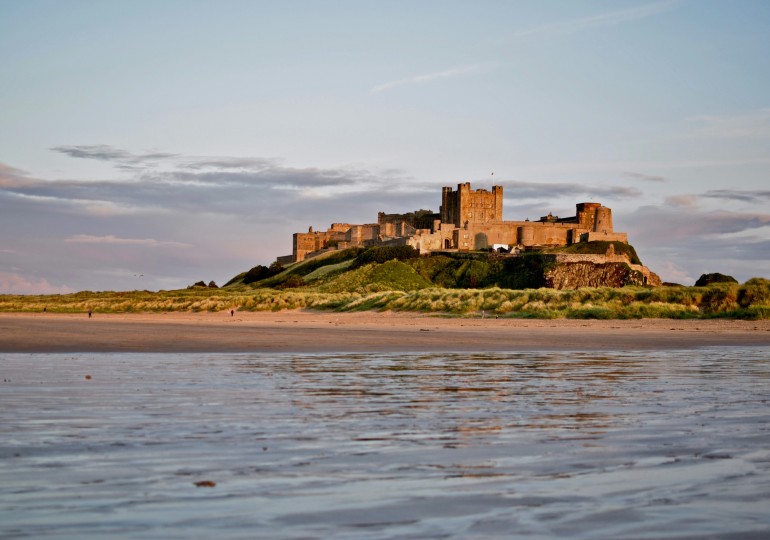By William Coleman
The CaravanTimes team spent a week with the new Volkswagen California, but how did the modern version of the campervan classic hold up?
The VW camper has always been a classic and well-loved touring van, but in 2020 what does almost £60,000 get you?
In very plain terms, a lot. You get a lot. The above price has all the added optional bells and whistles, of which there are many, but there are cheaper options still around the £55k+ mark. If you opt out of additional extras, you will more than likely have the same holiday experience.
We spent a week using the California Coast 6.1, not to be confused with the similar Ocean model, and it was hard to find fault. Gone are the days of a van that has just had a bed and sink fitted. As far as vehicles go, this is as modern as they come and very comfortable.
One of the things that separate California from a lot of campers in the market is the fact that Volkwagen is one of the few car manufacturers who design, make and sell factory-built campers. Most other companies simply build upon an existing chassis or make custom models.
Yes, it has been designed on the Volkswagen Transporter Panel van, but that is where the similarities stop.
Exterior
When you glance at the California Coast, you never get a sense that it is a van – it just looks like so much more. It can easily be used as both a holiday home and a day-to-day car for the commute or school run.
It features the new VW slim grille with chrome edges, and comes equipped with parking sensors. You’ll find 16-inch alloy wheels, which really make this van stand out. There are various options for the alloys, but personally, we think that what comes as standard does the job perfectly.
The sliding door is on the driver’s side – which some will not be happy with here in the UK, as it does tend to suit the continental market. This will always be the case with the VW camper, so it really is down to personal preference. Above the sliding door, you will also find your extendable awning for those sunny days.
The rear door is a tailgate – not the traditional barn doors – something which is a much better option. Not only does it give you a lot more space to manoeuvre things in and out of the van, but you also get a second canopy, should the heavens open.
Interior
As you can imagine, there is not a huge amount of space inside the California, but what space you do have has been utilised very well. Once the roof is up, you then have a lot more head space and, as a passenger sitting in the back, you will be extremely happy with all the foot space.
The California’s fixtures and fittings are very well fitted, sturdy, with no shaking or rattling. It is very common to hear almost every item on board rattle when driving, which can be quite distracting; aboard the California you will find nothing but silence in transit.
The light wood effect coupled with light grey trim on the doors makes it feel spacious and fresh. You will no longer find dark colour schemes, which can make the space seem smaller than it is.
The catches on all the storage areas have been revised and work a lot smoother than before, which helps with just how snug everything fits. Oh, and it adds to the silence when driving.
There are LED lights throughout so lighting of an evening is no issue; if anything, they are edging on a tad too bright. Both front chairs swivel around to face the kitchen area, so everyone can sit comfortably to eat breakfast, lunch and dinner.
Day and night living
These campers are not really designed to spend an entire day in. I mean, yes, you can and it would be fine, but they are more of an adventure van.
During the day you are more than likely going to be on the move, walking or taking part in your favourite activities.
As we mentioned before, the lounge consists of the two front seats and the rear dual-belted bench seat that transforms into a double bed. As you’d expect, you get a folding table that will perfectly fit a group or four.
This is a four-berth camper with a pop-up roof bed, which is 114 cm by 200 cm, making it perfect for two adults.
Night time living was where we found some issues, albeit very minor. There are a lot of clips and hooks to get used to when making up the beds, This may sound trivial, but after repeated use, it does grow a tad tiresome.
Driving
Now this is where the Volkswagen California Coast 2.0 TDI 150ps 7spd DSG really impresses. It was an absolute dream to drive on country lanes, motorways and highstreets. From the handling all the way to its manoeuvring, just an absolute delight.
The acceleration of this TDI was impressive too, 0-60 mph in 14.3 seconds. It was questioned how the 2.0 engine would handle the extra weight, but it seems nobody told the engine there was more weight added.
The axle load limit for the front is 1,610 kg and 1,575 kg for the rear. So you have quite even weight distribution.
With a 70-litre fuel tank and great fuel consumption, you will not have to plan in too many pit stops at the petrol or service stations along the way.
This was actually the first time we’d managed to get our hands on an automatic VW camper, and it was a lot better than we thought it would be.
The general consensus here at CaravanTimes was that campers are better off with a manual gearbox due to driving habits, vehicle weight and various other driving points.
We have all somewhat changed our outlook on the automatic gearbox. The seven-speed auto gearbox handled every road, speed and track we took the camper on. So, for anyone considering getting an automatic gearbox camper, do not hesitate.
Tech and gadgets
The cab of the California is as good as any other VW vehicle, easily comparable to a new Golf, Polo or Tiguan. Other coachbuilt campers, or even motorhomes, tend to just mirror the van they are built upon and lack a lot of the signature trademarks of the brand. This is not something that you will find aboard the California.
The onboard stereo is more like a smart tablet than a traditional stereo. The eight-inch screen is easy to navigate and can control everything from the DAB to the air con settings. The entire dashboard has been totally changed and revamped to meet modern demands and standards.
One of the most useful bits of tech is the Apple CarPlay feature. An iPhone was used for almost all of our maps, media, music and podcasts while on the road, so having a wireless connection to all the apps you’ll need just makes life easier. You are not limited to just iPhones as the stereo’s media connections will work with any phone via Bluetooth USB connections.
One very impressive feature is the newly-designed control panel for camping. It is a huge upgrade from previous versions and is packed with new and exciting features to make your trip more efficient. Nobody wants to spend an age setting things up anymore.
The display is larger and is now a touchscreen, which visually shows you how much leisure battery you have, as well as fresh and grey water levels. This screen is basically the control hub for the batteries, heating and cooling.
But, and here is where it gets very cool, the built-in self-levelling system is top notch. Some seasoned touring veterans can level a caravan, motorhome or camper in their sleep, but there are a lot of younger people using campers who are not as experienced, so this feature will be very popular amongst them.
Verdict
Overall, this is an incredible campervan that has been well thought out and built to an extremely high standard. Apart from a few personal dislikes, there is not much to complain about when it comes to overall usage. The California Coast 6.1 is a pleasure to drive, sleep and cook in.
It does come with quite a price tag, especially if you go for the optional extras. For the same price you can get a much larger vehicle with more space and more onboard facilities, but that does not mean it will be better.

